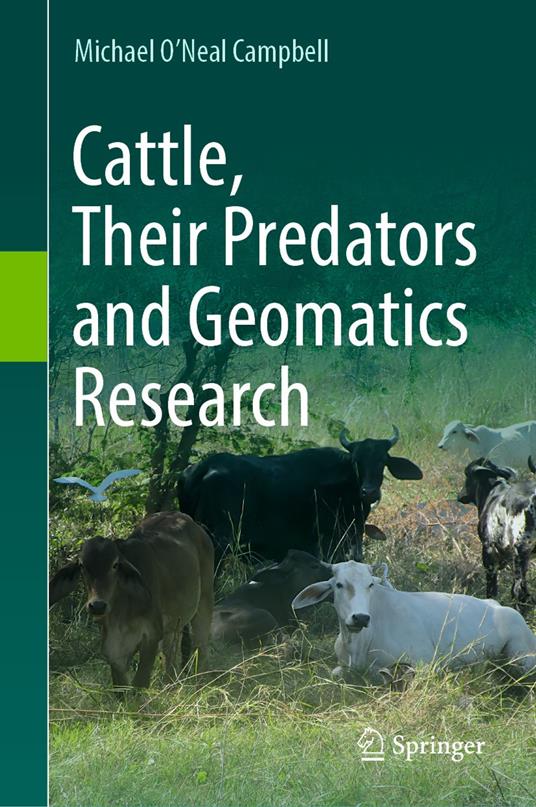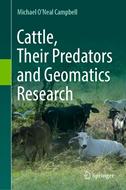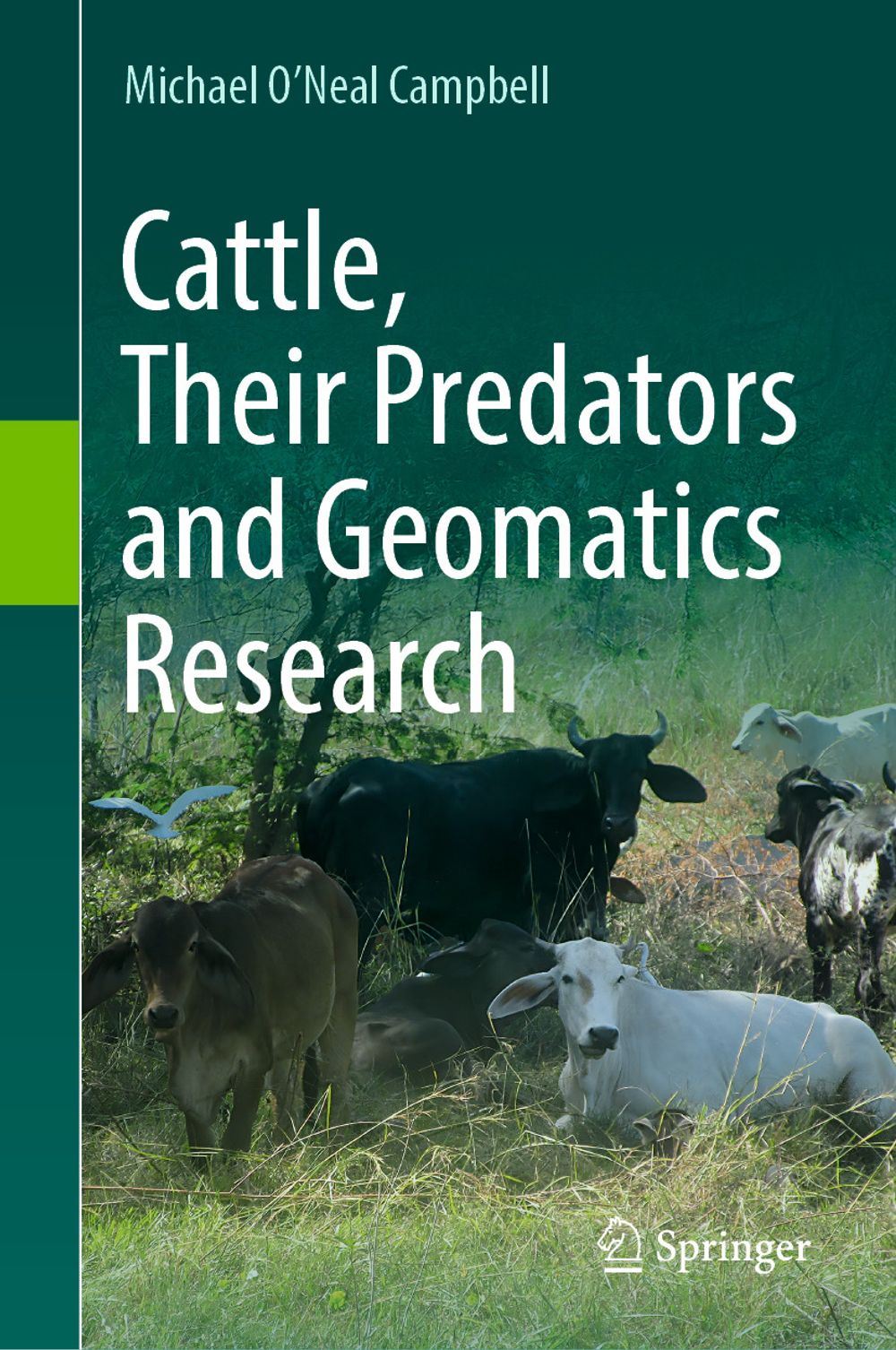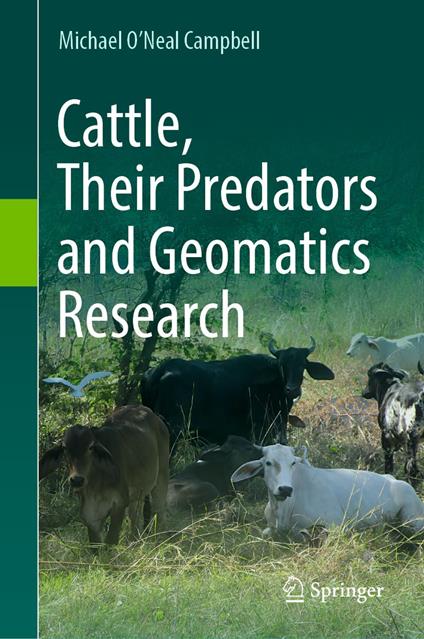Cattle, Their Predators and Geomatics Research
Cattle are currently the most important domesticated mammals, with populations numbering in the hundreds of millions and occupying large tracts of land, while the conservation of large mammalian carnivores is becoming a dominant discourse in modern geopolitics, also claiming large portions of the Earth's land surface. Computer-based surveying and communication systems, including geomatics, Big Data and Big Tech, are becoming an essential part of human communication and environmental assessments and are critical to large-scale assessments of land conflicts. A current, critical, potent but neglected issue concerns the measurement of the interfaces of large carnivore and cattle ecologies, in a cross continental format. This book offers a novel approach to the interfaces of the sciences of conservation biology, animal ecology, agricultural development and geomatics, which are increasingly interconnected in modern, global development scenarios. For animal ecology and conservation biology, it is about the management systems that have developed from ecological and human parameters. For agricultural development, topics concern ancestral development, physiological characteristics, ecological requirements, and predation opportunities and conflicts of cattle breeds. For geomatics, the topics concern the image-based and survey-based technologies that enable more critical environmental assessments. The book takes a novel approach by examining the ancestry of cattle, including the aurochs and current wild buffalos, gaur, banteng, yaks, bison, the process of domestication into taurine and indicine cattle, the semi-domestication of yaks and water buffalo, the ecologies of ancestral and modern large carnivores, including bears, big cats and canids, and how the requirements of these large charismatic mammals conflict with the requirements of cattle and agricultural development, in Asia, Europe, Africa, North America, and South America. This integrative approach contributes to the interests of academic researchers, students, practitioners and policy makers, and general readers.
-
Autore:
-
Anno edizione:2025
-
Editore:
-
Formato:
-
Testo in en
Formato:
Gli eBook venduti da Feltrinelli.it sono in formato ePub e possono essere protetti da Adobe DRM. In caso di download di un file protetto da DRM si otterrà un file in formato .acs, (Adobe Content Server Message), che dovrà essere aperto tramite Adobe Digital Editions e autorizzato tramite un account Adobe, prima di poter essere letto su pc o trasferito su dispositivi compatibili.
Cloud:
Gli eBook venduti da Feltrinelli.it sono sincronizzati automaticamente su tutti i client di lettura Kobo successivamente all’acquisto. Grazie al Cloud Kobo i progressi di lettura, le note, le evidenziazioni vengono salvati e sincronizzati automaticamente su tutti i dispositivi e le APP di lettura Kobo utilizzati per la lettura.
Clicca qui per sapere come scaricare gli ebook utilizzando un pc con sistema operativo Windows



